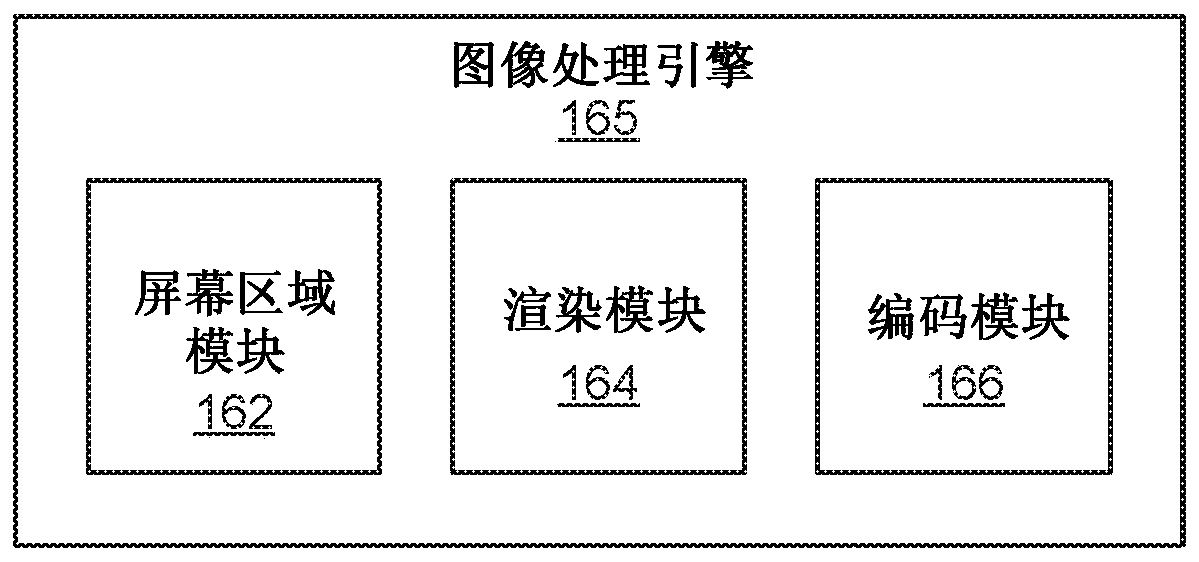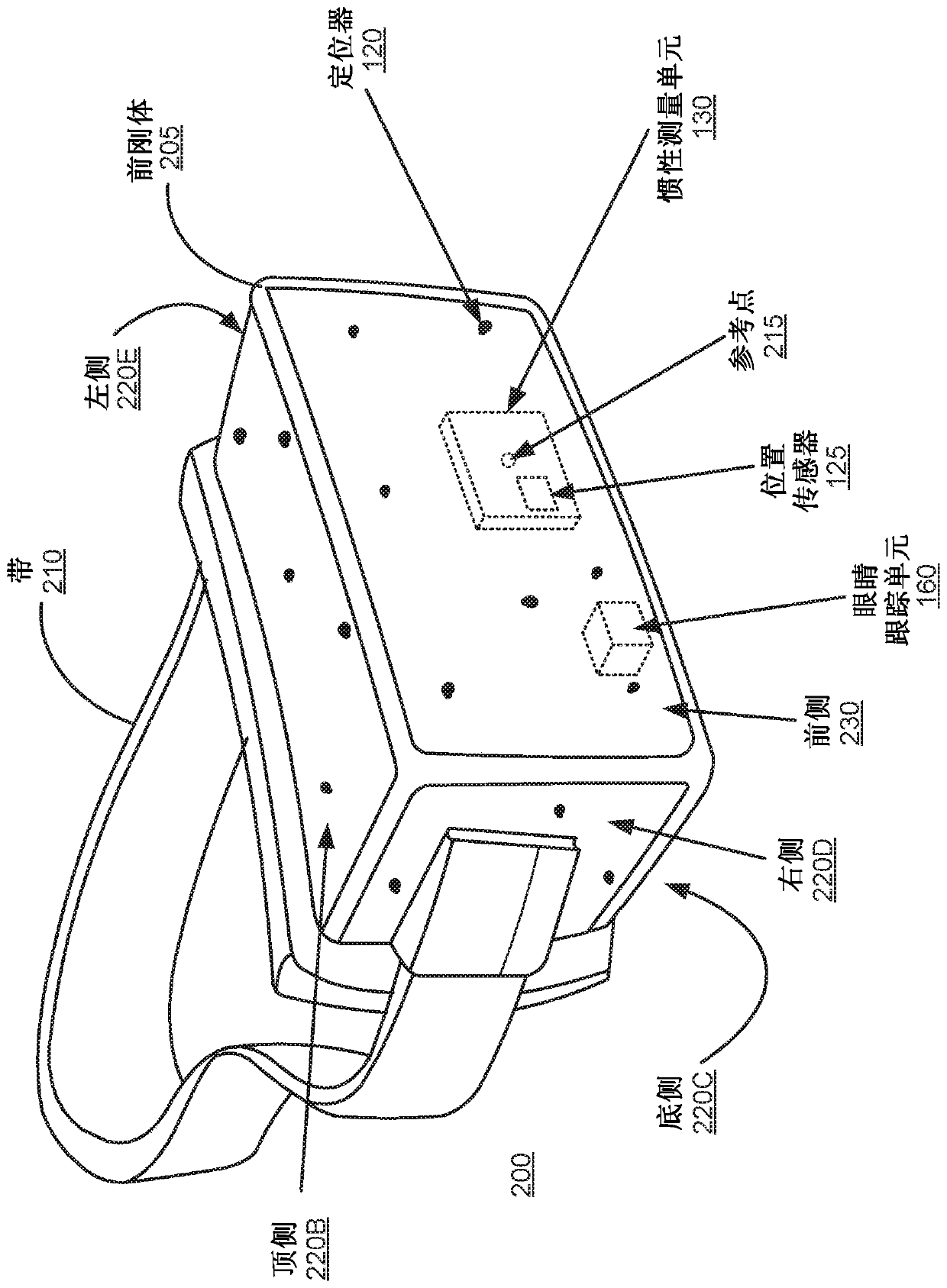Adaptive parameters in image regions based on eye tracking information
An image area, eye tracking technology, applied in the field of eye tracking, can solve the problems of long processing time, consumption of large computing resources, high power consumption, etc.
- Summary
- Abstract
- Description
- Claims
- Application Information
AI Technical Summary
Problems solved by technology
Method used
Image
Examples
Embodiment Construction
[0071] overview
[0072] There are many applications that involve the user and images where the user is gazing at different areas of the screen in succession. Examples include video games, virtual reality scenes, video streaming, and augmented reality projections.
[0073] When looking at the screen, the user's eyes are sensitive to higher resolution in the area of the screen surrounding the gaze point. The fixation point is aligned with the fovea, the area of the retina that provides the highest visual acuity and has the highest concentration of cones. In regions of the retina beyond the fovea, sensitivity to resolution decreases, and visual acuity decreases the further away from the fovea. In the parafovea (an annular region in the eye that bounds the fovea), the eye is still sensitive to resolution, but to a lesser extent than in the fovea. In regions outside the parafovea, the eye is significantly less sensitive to differences in resolution.
[0074] Where the im...
PUM
 Login to View More
Login to View More Abstract
Description
Claims
Application Information
 Login to View More
Login to View More - R&D
- Intellectual Property
- Life Sciences
- Materials
- Tech Scout
- Unparalleled Data Quality
- Higher Quality Content
- 60% Fewer Hallucinations
Browse by: Latest US Patents, China's latest patents, Technical Efficacy Thesaurus, Application Domain, Technology Topic, Popular Technical Reports.
© 2025 PatSnap. All rights reserved.Legal|Privacy policy|Modern Slavery Act Transparency Statement|Sitemap|About US| Contact US: help@patsnap.com



